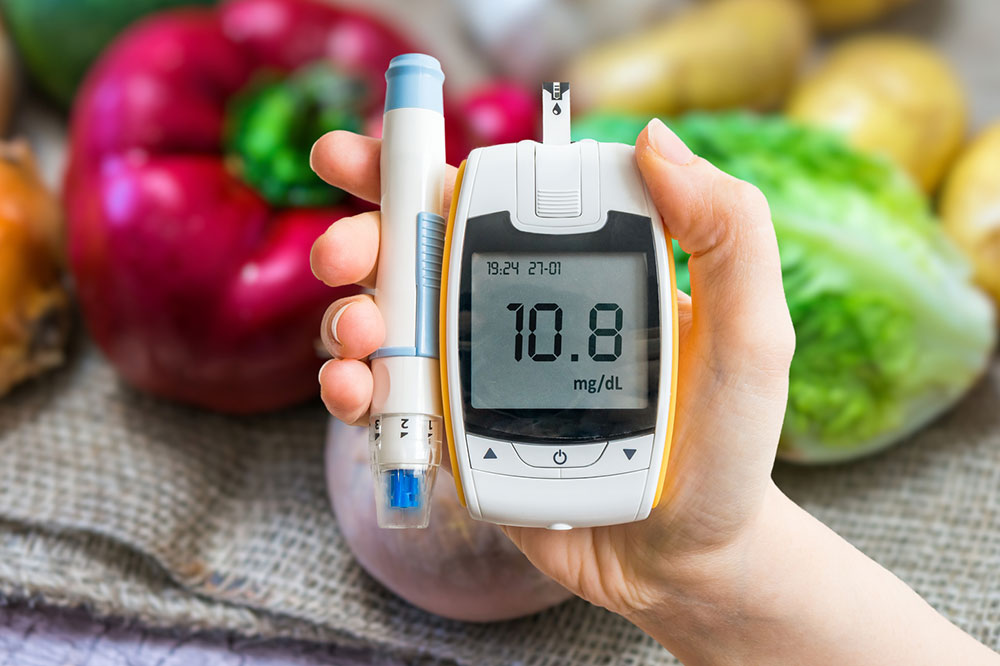Comprehensive Guide to Diabetes: Causes, Types, Symptoms, and Management Strategies
Discover comprehensive insights into diabetes, including its causes, types, symptoms, and effective management strategies. This detailed guide emphasizes early detection and lifestyle modifications to prevent serious health complications associated with high blood sugar levels. Learn how diabetes affects millions globally and the importance of proactive healthcare.

Comprehensive Guide to Diabetes: Causes, Types, Symptoms, and Management Strategies
Diabetes mellitus, commonly known as diabetes, is a chronic metabolic disorder that affects millions of individuals worldwide. Characterized by elevated blood glucose levels, diabetes occurs when the body either fails to produce enough insulin or becomes resistant to its effects. Insulin is a vital hormone responsible for facilitating the uptake of glucose into cells, where it is used for energy. When insulin function is impaired, glucose remains in the bloodstream, leading to a host of health complications over time. Understanding the causes, different types, symptoms, and management techniques for diabetes is essential for early detection and effective treatment.
Understanding the Causes of Diabetes
The root causes of diabetes can vary depending on the type, but generally, they involve a combination of genetic, environmental, and lifestyle factors. In Type I diabetes, an autoimmune response leads to the destruction of insulin-producing beta cells in the pancreas, resulting in little or no insulin production. Factors such as genetic predisposition and possibly viral infections can trigger this immune response.
Type II diabetes, which accounts for the majority of cases, primarily results from insulin resistance—a condition where the body's cells do not respond effectively to insulin. Over time, the pancreas cannot compensate by producing enough insulin, causing blood sugar levels to rise. Lifestyle factors such as poor diet, sedentary behavior, obesity, and aging significantly contribute to the development of Type II diabetes. Additionally, genetic predisposition can increase an individual’s risk.
Gestational diabetes occurs during pregnancy due to hormonal changes that impair insulin's effectiveness. Women who develop gestational diabetes are at higher risk for developing Type II diabetes later in life. Other less common forms include monogenic diabetes syndromes and secondary diabetes caused by medications or other medical conditions.
Types of Diabetes Explained
Type I Diabetes: This form of diabetes involves an autoimmune destruction of pancreatic beta cells, leading to a complete deficiency of insulin. It is often diagnosed in childhood or adolescence, hence sometimes called juvenile diabetes. People with Type I diabetes require lifelong insulin therapy delivered via injections or insulin pumps. Regular monitoring of blood glucose levels is crucial to prevent hypoglycemia or hyperglycemia. Though less common, its sudden onset can lead to diabetic ketoacidosis, a life-threatening complication.
Type II Diabetes: The most common form, affecting approximately 90% of diabetic patients globally. It develops over years and is heavily linked to lifestyle factors such as diet and physical activity. Insulin resistance develops initially, with pancreatic beta cells eventually failing to produce sufficient insulin. Symptoms may be subtle initially, making early detection challenging. Management involves lifestyle modifications like diet and exercise, oral medications, and sometimes insulin therapy.
Gestational Diabetes: Affecting pregnant women, this type arises due to hormonal changes that interfere with insulin action. Though it often resolves after childbirth, it elevates the risk of complications during pregnancy and increases the chance of developing Type II diabetes later in life. Monitoring blood sugar levels during pregnancy is vital for preventing adverse outcomes for both mother and baby.
Recognizing Blood Sugar Levels and Symptoms
Glucose is the body’s primary energy source, derived from carbohydrates consumed through food. After digestion, glucose enters the bloodstream, prompting the pancreas to release insulin. Insulin facilitates the movement of glucose into cells, ensuring energy production. In diabetes, this process is disrupted—either due to insufficient insulin production or cellular resistance to insulin—resulting in elevated blood glucose levels.
Symptoms of diabetes vary but commonly include persistent hunger (polyphagia), fatigue, increased urination (polyuria), dry mouth, constant itching, blurred vision, and numbness or tingling sensations, especially in the extremities. These signs often develop gradually and can be overlooked or mistaken for other illnesses, emphasizing the importance of routine screening and prompt medical diagnosis.
Early detection of diabetes is crucial in preventing long-term complications such as cardiovascular disease, nerve damage, kidney failure, eye problems, and foot ulcers. Monitoring blood sugar levels through regular testing and maintaining awareness of symptoms can significantly improve health outcomes.
Projected statistics reveal a concerning global rise in diabetes prevalence—over 415 million individuals are currently affected worldwide, with estimates indicating this number will escalate to approximately 642 million by 2040. Increased awareness, lifestyle interventions, and medical management are key to combating this silent epidemic.





